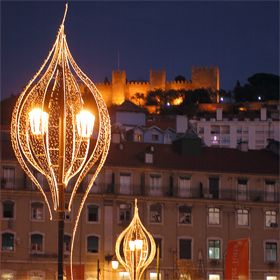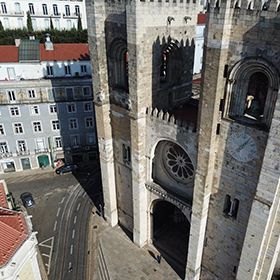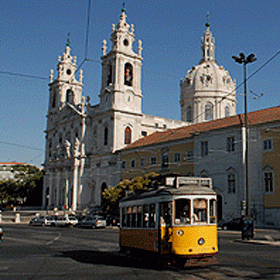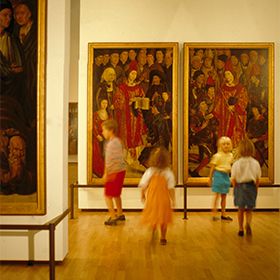The Nativity Scene

Other
Having a Nativity scene at Christmas, recreating the birth of Jesus and celebrating one of the most important dates of the Christian liturgy, became popular after St Francis of Assisi in 1223 celebrated the solemn Mass of Christmas Night in front of a great crib in the middle of the grove of Greccio in Italy.
Since then, the Franciscan friars have been the great promoters of this habit, which has been enriched in the setting and characters and has become a source of popular and scholarly artistic inspiration.
But the representation of the Nativity scene has existed since the 4th century, based on an interpretation of the Old Testament by the apocryphal gospels, in which the Nativity was represented by the image of the Child Jesus, lying on the ground, accompanied by the figures of the ox, the donkey and the shepherds. It has spread widely since the 8th century, but it was with St. Francis of Assisi that it gained more importance.
In Portugal, the nativity scenes gained a more erudite expression in the 18th century, very particular in this type of representation because it includes, around the main motive of the Nativity and the arrival of the Magi in Belém, recreations of Portuguese countryside and social classes of then: Clergy, nobility and people, in which we can admire the detail of the garments and the representation of professions and trades, some of them already disappeared.
In the most popular cribs, stand out those that are built with the clay figures of Barcelos and Estremoz, whose manufacture has already been classified as an Immaterial World Heritage by UNESCO. Among the most erudite versions are those of the Baroque period that can be seen in some monuments of the city of Lisbon. We stand out the workshop of the sculptor Machado de Castro in the Lisbon cathedral and in the Basilica da Estrela, those of António Ferreira, in the Church of Madre Deus, integrated in the National Tile Museum, and those attributed to Barros Laborão, among others which can be seen in the Hall of the Nativity of the National Museum of Ancient Art.
The Nativity scene of the Basílica da Estrela reflects Queen Maria’s promise to build the church in hopes of becoming pregnant. Its feature is that it includes the adoration of the Magi, in honour of Queen Maria, when it was customary to have shepherds worshiping the Child Jesus, as well as several elements related to the queen’s devotion. It is more than 5 m. wide by 4 m. high and 3 m. deep, a grand setting for more than 400 characters recreating biblical scenes and everyday situations. The execution is due to the workshop of Machado de Castro and his disciples and it is believed that he himself has shaped some figures.









 Explore
Explore 
 Remember and Share
Remember and Share 


